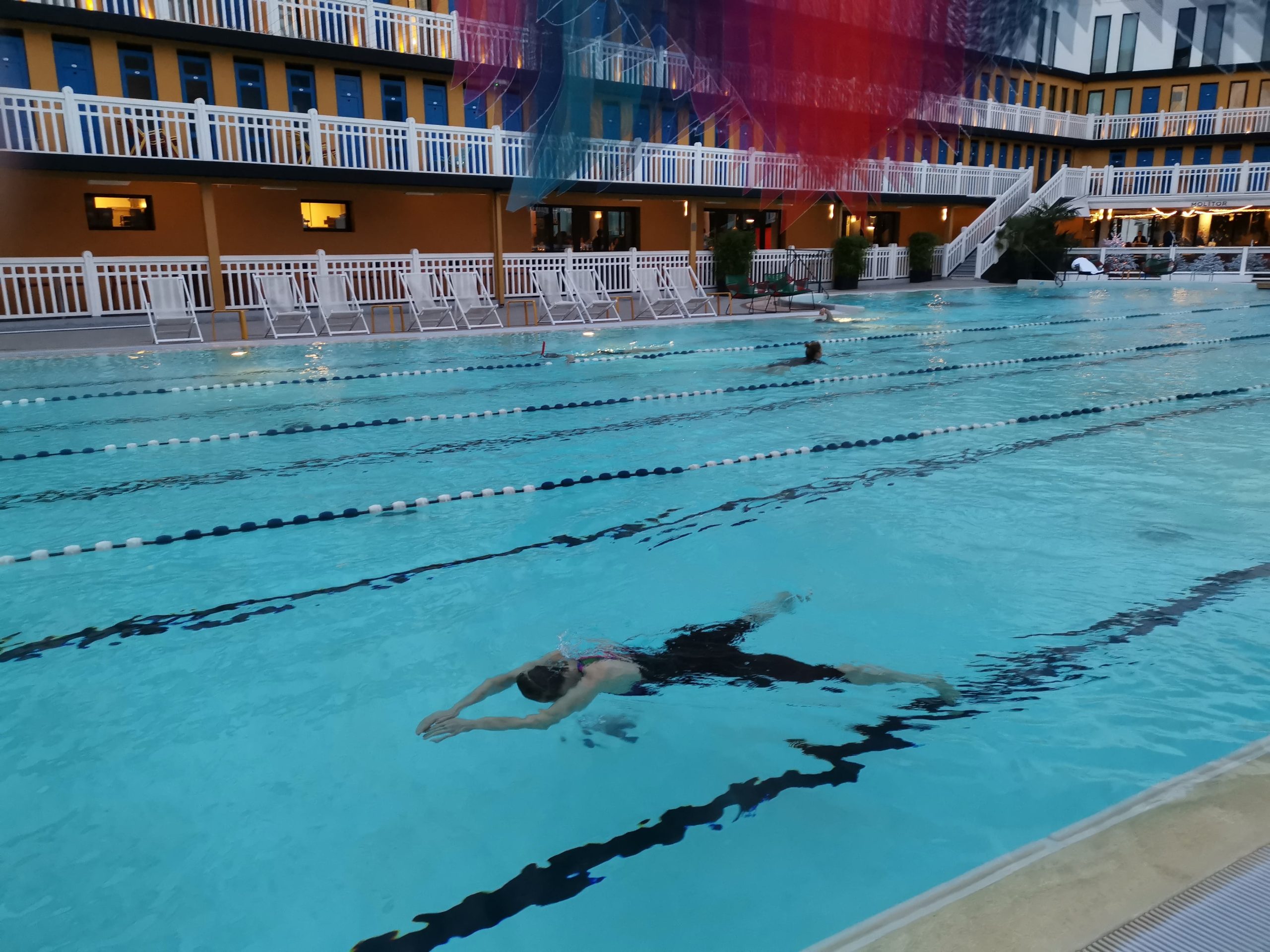I was working with Jerry last week, encouraging him to let himself go deeper to find the support of the water. This made him feel a bit vulnerable because he felt a long way away from being able to come out to breathe. He said, ‘I feel like I’m swimming underwater’ and this caused me to wonder what he had felt like before.
Swimming teachers often remind learners that we need to swim ‘in’ the water not ‘on’ it. But swimming up and down, executing the conventional strokes, with frequent excursions for air, does cause us to lose the sense of swimming underwater. And as any happy 9 year old will show you as they play in the pool, unrestricted by adult imposed ideas and instructions, underwater is the place to be.
When your preoccupation is being able to get the next breath, you’re not swimming underwater, even though your face is underwater between breaths. The anxiety, however mild, about the process of breathing is opposite to the meditative calm feeling you can enjoy underwater.
That’s why some of the most free people you’ll observe in water are people on holiday, swimming with a snorkel. For one thing, they are in an underwater world, and for another, they are more interested in looking at the fish than in striving to get anything right. They’re not trying to be a swimmer, or stiff with the sense of themselves as a swimmer.
For comfortable swimmers, I recommend swimming half a length underwater, focusing on letting everything hang, on letting the water help you relax and letting the outbreath happen. Coming out for a breather only when you feel you need to, not every stroke. If the water’s not supporting you, you’ll feel like you’re trying to fly, half in and half out of the water. Neither fish nor fowl.


